- HomeOur storyOur visionHighlights
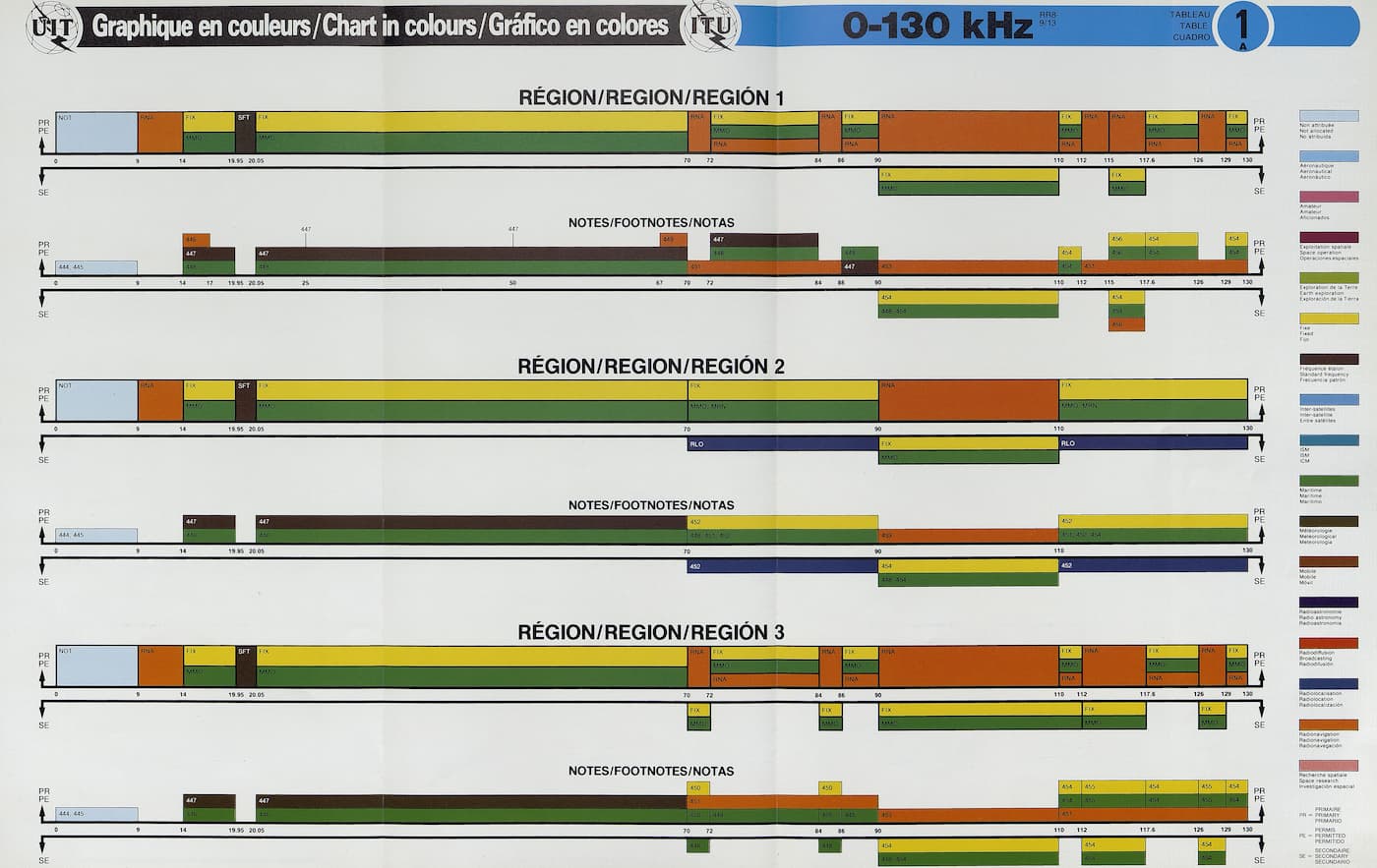
Advancing innovation and technical standards
By the early 1900s, technical expertise and standardization were driving global progress in communications. As telegraphy expanded and wireless signalling emerged, the International Telegraph Union (as it was then known) provided a crucial platform for experts to develop common standards, exchange knowledge, and ensure the interoperability of evolving communication technologies across borders.
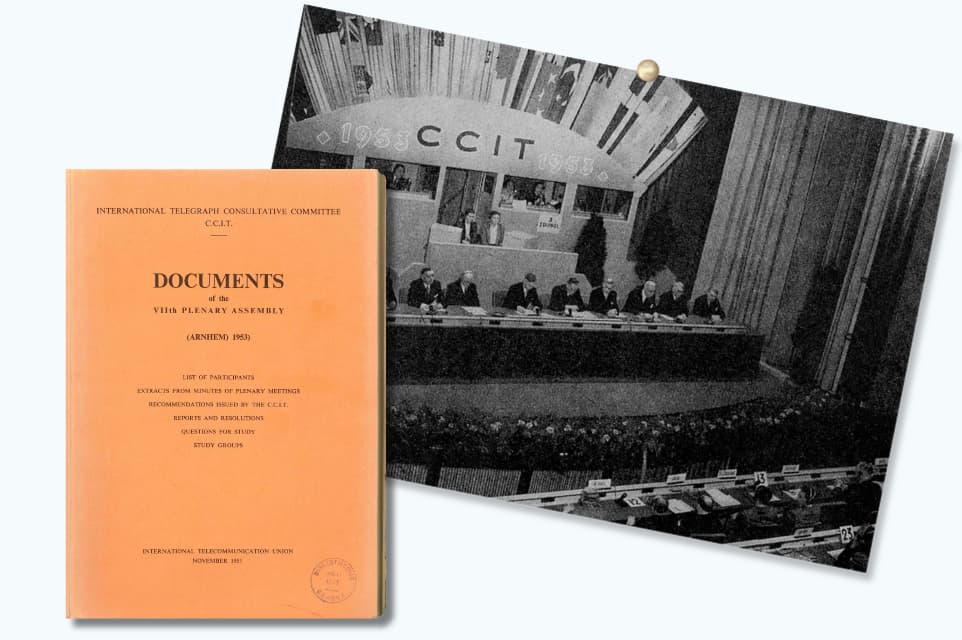
1906
Managing the use of the radio-frequency spectrum
As wireless telegraphy — later called radio-communication —transformed the world at the dawn of the 20th century, the critical need for international coordination became more apparent than ever.
From 3 October to 3 November 1906, delegates gathered in Berlin for the first International Radiotelegraph Conference. This landmark meeting established the regulatory framework for managing radio communications, recognizing the radio-frequency spectrum as a shared global resource that had to be managed cooperatively to prevent interference.
The 1906 conference produced the International Radiotelegraph Convention with an annex containing the first regulations in this field. These were expanded and revised by numerous subsequent conferences, and became known as the Radio Regulations.
The 2024 edition of the Radio Regulations is a four-volume treaty of more than 2,000 pages, covering more than 40 different radiocommunication services, spanning frequencies from 8.3 kilohertz (kHz) to 3000 gigahertz (GHz). From underwater to outer space, the treaty specifies how equipment and systems must operate to ensure the successful coexistence of numerous services in today’s increasingly crowded airwaves.

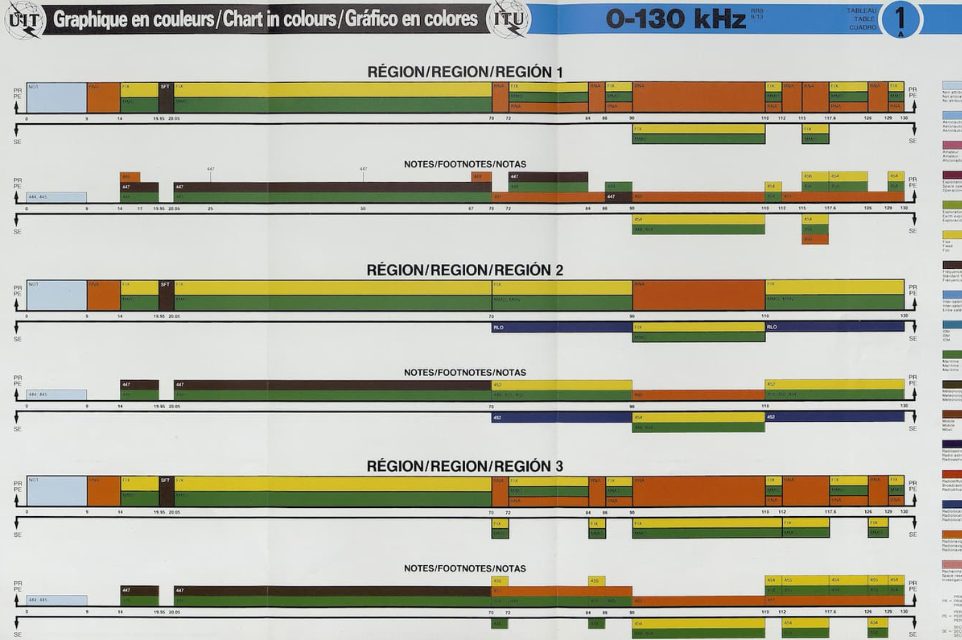
An example of the “Chart in colours showing frequency allocations” a visualization produced between 1950 and 1986 The 1927 Radio Conference in Washington introduced the first international table of frequency allocations and established a system for notifying frequencies. Different radio services, from broadcasting to maritime, could now operate without harmful interference. Since then, the table has grown exponentially to accommodate increased spectrum needs for wireless services, which presents challenges for the dissemination of the complex and ever-expanding data.

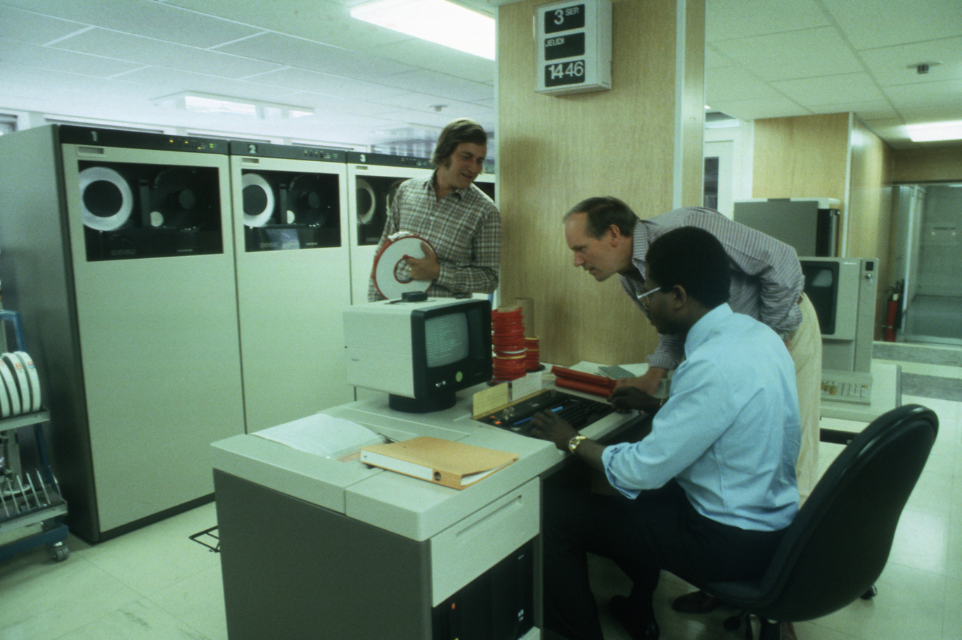
ITU staff working alongside data processing equipment in the computer room at ITU headquarters in the early 1980s From punched cards used in preparing frequency notices for the 1947 International Radio Conference to the data processing system installed at headquarters in 1962, and on to present day digital tools, ITU has consistently embraced computing technology to facilitate the processing of complex technical information.

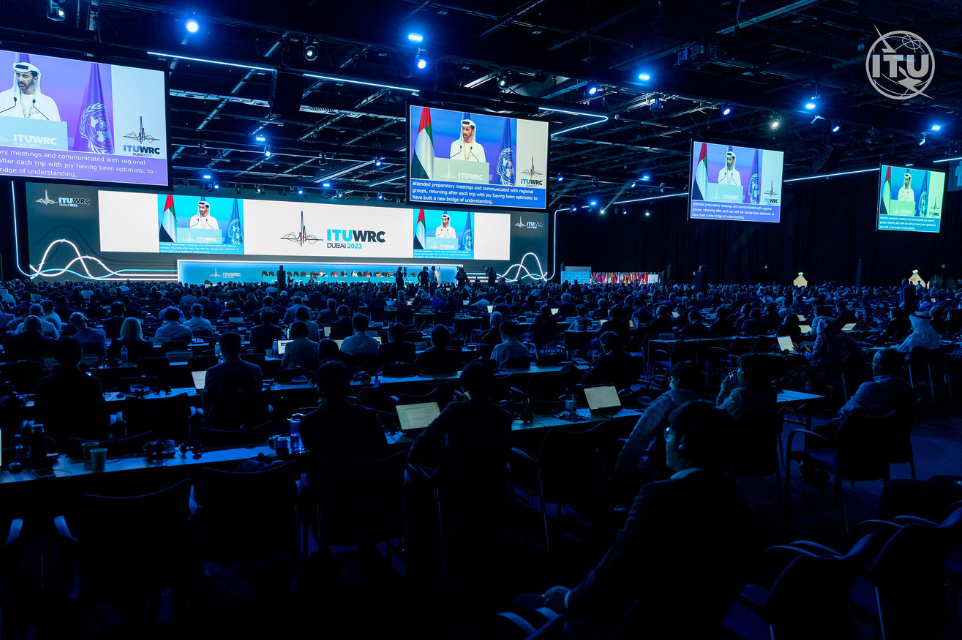
The closing plenary and signing ceremony at the 2023 World Radiocommunication Conference (WRC-23) Every four years, ITU Member States meet at the World Radiocommunication Conference to update the Radio Regulations. Modifications address the needs of new services along with the spectrum requirements of existing services.
1920s
A forum for technical expertise
The establishment of three International Consultative Committees (CCIs) in 1920s ushered in a new role for ITU. Until then, ITU administrative conferences had primarily focused on regulatory matters. However, the increasing complexity and rapid evolution of emerging technologies called for continuous technical inquiry. The CCIs were created to bring together experts to exchange ideas and develop international standards on technical, operational, and tariff-related matters in telecommunications.
Three specialized committees – each focusing on a specific technology – were formed:*In 1956, the CCIF and CCIT merged to become the International Telegraph and Telephone Consultative Committee (CCITT).
Recognizing the expertise in the private sector, membership in the CCIs was open to industry and scientific organizations. This collaboration strengthened ITU’s ability to set practical, forward-looking standards.The establishment of the CCIs introduced a multistakeholder structure that remains central to how ITU functions. The committees eventually evolved into ITU’s Radiocommunication Sector (ITU-R) and Standardization Sector (ITU-T), where study groups work together to tackle technical challenges and develop interoperable, non-discriminatory, and demand-driven international standards.
Today, ITU welcomes over 40,000 delegates and experts annually, from administrations, specialized agencies, the telecommunications industry, and academia, who work year-round to ensure compatibility, safety and innovation across the global tech sector.

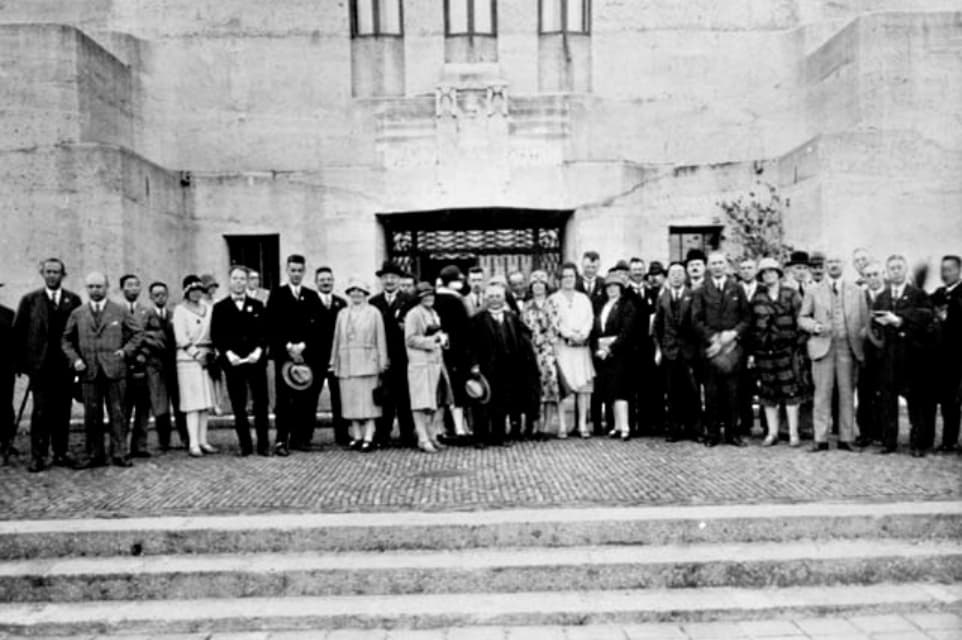
Participants at the first CCIR Plenary Assembly, held in The Hague in 1929 ITU study groups bring together tech experts from around the world to share ideas, best practices, and build consensus on telecommunication strategies. Initially, this work was led by plenary assemblies of the International Consultative Committees (CCIs). Today, their successors—the Sector assemblies—continue to guide and support the study groups.


First session of the IVth meeting of the CCITT/CCIR Plan Committee for Latin America in Asunción, Paraguay in 1969 Private sector involvement in ITU dates back to the 19th century, when companies were first allowed to accede to the International Telegraph Convention in 1868. By 1871, they could participate in ITU conferences, with the right to speak, though not to vote, and by the 1920s, were closely involved in shaping technical standards through the International Consultative Committees on Telephone, Telegraph, and Radio. Today, private companies continue to hold a unique official status as ITU Sector Members, a rare distinction among UN agencies.


Delegates at work during a joint ITU-ISO-IEC workshop on ‘Future Video Coding – Advanced signal processing, AI and standards’ at ITU Headquarters in January 2025 Standardization continues today through ITU’s ITU-T and ITU-R sectors. ITU also collaborates with other standard-setting bodies to ensure strategic coordination and the development of internationally accepted, globally harmonized standards.
1934
A new name
By 1932, Member States of the International Telegraph Union recognized the need to manage communication technology issues more holistically, prompting the merger of the International Telegraph Convention and the International Radiotelegraph Convention into a single treaty: the International Telecommunication Convention, signed on 10 December 1932.
On 1 January 1934, the unified organization officially became the International Telecommunication Union (ITU), reflecting its expanding role in the changing world.
The term “telecommunication” was chosen to encompass all forms of communication – telegraphic, telephonic, and wireless – while allowing ITU to continue adapting to new technologies.
From to the time of the telegraph to the digital age, ITU has been there every step of the way.